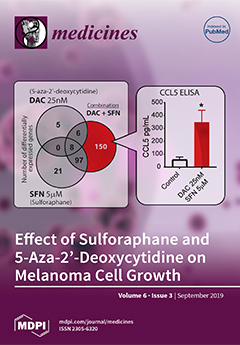Background: Weight management and obesity prevention is a basic aim of health organizations in order to decrease the prevalence of various metabolic disorders. The aim of the present review article was the evaluation of the possible role of functional foods and their bioactive compounds as alternative way to promote weight management and prevent obesity and its metabolic consequences.
Methods: Approximately 100 articles were selected from Scopus, PubMed, Google Scholar, and Science Direct, by using relative key words, and based mainly on recent animal, clinical or epidemiological studies.
Results: The literature review highlighted the possible effect of specific functional foods such as coffee, green tea, berries, nuts, olive oil, pomegranate, avocado, and ginger. Specific bioactive compounds of those foods—such as caffeine, catechins, gallic acid, anthocyanins, ascorbic acid, polyphenols, oleuropein, capsaicin, and quercetin—may contribute to weight management, obesity prevention, and obesity’s metabolic consequences. The possible mechanisms include effect on satiety, lipid absorption, fatty acids beta oxidation, stimulation of thermogenesis, etc.
Conclusions: Functional foods, as part of a balanced diet, could be useful in the direction of weight management and decrease of obesity’s’ metabolic consequences. However, the scientific evidence is unclear and in most cases controversial and more clinical and epidemiological studies are needed in order to further investigate the mechanisms of their possible effect.
Full article




